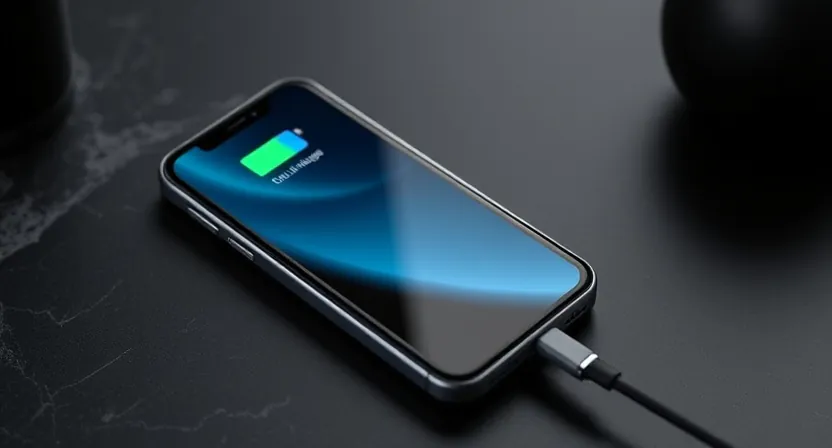In recent years, ultra-fast charging has become a buzzword in the smartphone industry. With the ability to charge your phone in a matter of minutes, it offers immense convenience, especially for people with busy lives. However, as with any new technology, ultra-fast charging comes with its own set of risks that users need to be aware of. While it promises speed and efficiency, it can also harm your smartphone in ways you may not realize. Here’s a closer look at the potential dangers of ultra-fast charging that could be affecting your phone’s performance and lifespan.


5 Hidden Dangers of Ultra-Fast Charging
1. Excessive Heat
One of the primary concerns with ultra-fast charging is the excessive heat it generates. Charging a phone rapidly requires a lot of power, which results in the device becoming much hotter than usual. This excess heat can cause damage to internal components like the processor, battery, and charging port. Not only does this reduce the phone’s performance, but it can also shorten the battery’s lifespan. In some extreme cases, there have even been reports of batteries swelling or exploding due to overheating.
2. Battery Degradation
While ultra-fast charging can be a lifesaver in a pinch, it can also significantly reduce the battery’s lifespan. Most smartphones today use lithium-ion batteries, which are sensitive to both heat and rapid charging cycles. Over time, charging at high speeds causes the battery to degrade faster, resulting in reduced capacity and shorter battery life. This effect is more noticeable with frequent use of ultra-fast chargers, which gradually lead to faster wear and tear on the battery.
3. Compatibility Issues
Not all smartphones are designed to handle ultra-fast charging. If you use a charger that delivers more power than your device can handle, it can lead to compatibility issues. The phone may not be able to process the power effectively, causing interruptions in the charging cycle or even causing the phone to overheat. It’s crucial to ensure that your charger is compatible with your device’s specifications to avoid such problems.
4. Increased Power Surge Risk
Ultra-fast chargers often come with a higher risk of power surges, especially if they’re not from a reputable brand or lack built-in safety features. Power surges can damage sensitive internal components, such as the charging port, battery, or circuitry. While many chargers include protection mechanisms like overcurrent protection or voltage regulation, it’s still possible for power surges to damage the device if the charger is not properly regulated.
5. Decreased Battery Lifespan
Even if ultra-fast charging doesn’t directly damage the battery, it can still contribute to a reduced overall battery lifespan. Frequent exposure to high-speed charging cycles can cause the battery’s cycle count to rise more quickly, meaning the battery will degrade faster than it would with standard charging. As a result, your phone’s battery health could deteriorate faster, leaving you with a device that requires more frequent charging or even an early battery replacement.
Conclusion: Is Ultra-Fast Charging Worth the Risk?
While ultra-fast charging offers a significant advantage in terms of convenience and speed, the long-term risks can’t be ignored. If you’re someone who frequently uses ultra-fast charging to quickly juice up your device, consider using it only when necessary and avoid overcharging or using an incompatible charger. Standard charging methods, though slower, tend to be gentler on your phone’s battery and overall health.
As technology continues to evolve, we may see more efficient charging solutions that don’t sacrifice battery life for speed. Until then, it’s important to strike a balance between speed and care to ensure the longevity of your device.